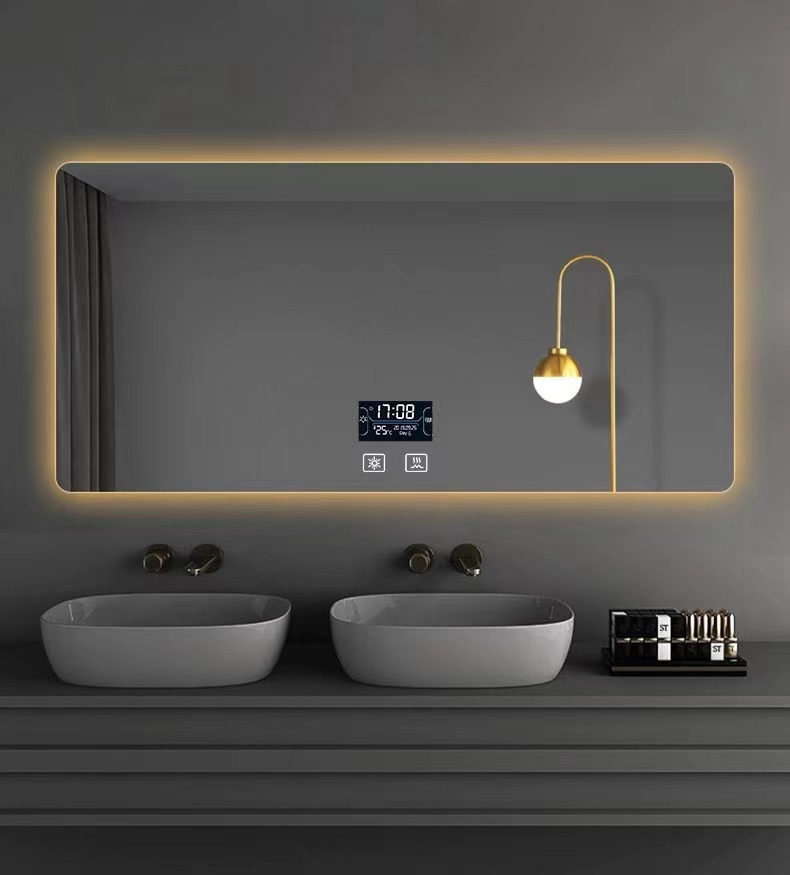

Understanding Tempered Glass Sheets Properties, Applications, and Benefits
Tempered glass, also known as toughened glass, is a type of safety glass that has been treated by controlled thermal processes to increase its strength compared to standard glass. This innovative material is widely used in various applications, from architectural designs to automotive industries, owing to its exceptional properties and versatility.
Manufacturing Process
The manufacturing of tempered glass sheets involves a two-step process heating and cooling. First, the glass is heated to temperatures exceeding 600 degrees Celsius (around 1,112 degrees Fahrenheit). This heating process makes the glass softer and allows it to be molded into desired shapes. The next step is rapid cooling, known as quenching, which is performed using jets of cold air. This dramatic temperature change compresses the glass surface, thereby increasing its strength and making it more resistant to impact, thermal stresses, and environmental factors.
Strength and Safety
One of the most significant advantages of tempered glass sheets is their strength. This type of glass is approximately five to six times stronger than standard glass of the same thickness. Because of this enhanced durability, tempered glass can withstand high levels of stress and impact, making it suitable for high-traffic areas and applications where safety is a priority.
In the unfortunate event that tempered glass does break, it shatters into small, blunt pieces rather than sharp shards. This characteristic reduces the risk of injury, making it a preferred choice for locations such as restaurants, commercial buildings, and public facilities.
Applications
The applications of tempered glass sheets are vast and varied
. In architecture and interior design, tempered glass is commonly used in
- Windows and Facades Its strength makes it ideal for large glass installations, enhancing aesthetic appeal while ensuring safety and energy efficiency. - Shower Doors Unlike regular glass, tempered glass doesn’t easily crack or break, which is crucial in high-moisture environments. - Balustrades The use of tempered glass in railings offers a sleek and modern look while providing safety without obstructing views. - Glass Doors Many businesses utilize tempered glass for storefronts and entrances for a stylish, secure entry point.
In the automotive industry, tempered glass is frequently used for side windows and rear windows of vehicles. Its strength and shatter-resistant properties enhance safety for passengers and drivers.
In addition to these applications, tempered glass sheets are also utilized in appliances such as ovens and cooktops, where they must endure extreme temperatures. Moreover, the glass is employed in electronic devices and displays, thanks to its durability and clarity.
Benefits
Apart from its safety features and aesthetic appeal, tempered glass has several other benefits
1. Thermal Resistance Tempered glass can withstand significant temperature changes, making it suitable for environments that experience fluctuating temperatures. 2. UV Protection Many types of tempered glass are treated to provide UV protection, safeguarding interiors from sun damage. 3. Ease of Maintenance The smooth surface of tempered glass makes it easier to clean and maintain, ensuring it remains clear and attractive over time.
Conclusion
In summary, tempered glass sheets are an integral part of modern construction and design, combining safety, strength, and elegance in one versatile material. As a preferred choice in various applications, from architecture to automotive, tempered glass continues to play a crucial role in enhancing the safety and aesthetic quality of our surroundings. With advancements in glass technology, the potential for new applications and improved functionalities remains vast, ensuring that tempered glass will continue to be an essential material in the coming years. Understanding its properties, benefits, and applications is vital for anyone interested in utilizing this remarkable material in their projects.